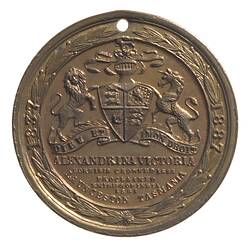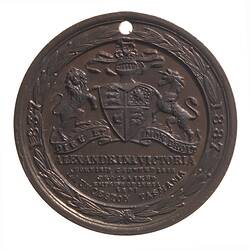The Launceston area is located on the northern coast of Tasmania. For at least 35,000 years, the Palawa tribal groups lived in the Tamar area, where Launceston was established. They were known as the Leterremairrener, Panninher and Tyerrernotepanner peoples. They performed ceremonial dances and song as at the culturally important places such as the Cataract Gorge, the First Basin, Corra Linn and above the flood plains which are around Launceston.
In November 1805 Europeans established a military settlement at Launceston. The sheltered location provided fresh water and a good supply of building timber. By the mid 1820s Launceston had began to grow and prosper with the arrival of many merchants, skilled traders and labourers.
In August 1849 the Launceston Chamber of Commerce was formed - the first organisation of its type in Australia. The Australasian Anti-Transportation League, formed in Launceston in 1851, lobbied the British Government for self-determined government in the Australian colonies, and to stop convict transportation to the eastern colonies.
Launceston was proclaimed a Municipality on 30 October 1852. The boundaries extended less than 2 kilometres from the centre of the town. Seven Aldermen were elected to the Launceston Town Council on 1 January 1853, at the first Local Government elections held in Van Diemen's Land. The Launceston City Council area has subsequently grown to around 1600 square kilometres.
Launceston was incorporated as a Town on 20 October 1858. During the late 1850s, drainage works were carried out, providing Australia's first underground sewerage system. By 1861 Launceston's population had grown to more than 10,000 people and in 1864 the Town Council began building new headquarters - the present Town Hall.
The Town was declared a City by an Act of State Parliament in October 1888.
Among the many achievements in its history, Launceston can lay claim to many Australian firsts, including the first use of anesthetic in Southern Hemisphere and the first Australian city to be lit by hydro-electricity.
On 8 May 1985 the Councils of Launceston City, St Leonards and Lilydale were amalgamated to form the new Launceston City Council. In 1992 parts of Prospect and Relbia were included within the City's boundary.
Launceston City Council is Tasmania's largest Council in terms of population and revenue.
References:
City of Launceston website http://www.launceston.tas.gov.au/subsector.php?id=1287, accessed 09/01/2004.
More Information
-
Keywords
-
Localities
-
Authors
-
Article types






